2004 年江西师范大学英语考研试题
part I Listening Comprehension (30 Minutes)
Section A
Directions: In this section, you will hear 10 short conversations. At the end of
each conversation, a question will be asked about what was said. Both the
conversation and the question will be spoken only once. After each question, there
will be a pause. During the pause, you must read the
four choices marked [A], [B], [C] and [D], and decide which is the best answer. Then
mark the corresponding letter on the Answer Sheet with a single line through the
center. (10 points)
1. [A] He will not go because he didn’t feel well.
[B] He will not go because he doesn’t like climbing mountains.
[C] He will go though he is sick.
[D] He will go because the exercise might do him good.
2. [A] It is having financial trouble.
[B] Its chemistry program is very popular
[C] The fees for the chemistry course have been reduced.
[D] The number of students has doubled.
3. [A] Bill just learned to play the piano.
[B] Bill plays the piano very well.
[C] Bill is proud of himself.
[D] Bill actually can’t play the piano.
4. [A] She doesn’t need an umbrella.
[B] She has put her umbrella in the car
[C] She can’t find her umbrella.
[D] She will borrow the man’s umbrella.
5. [A] Give up looking for the book..
[B] Check the classroom again.
[C] Buy a new book.
[D] Ask about the book at the information desk.
6. [A] Pay $26 for the gloves.
[B] Buy the leather gloves.
[C] Buy two pairs of gloves.
[D] She will probably buy the artificial leather gloves.
7. [A] That picture is drawn by Susan.
[B] Susan is younger than what she looks in the picture.
[C] That picture matters a lot to Susan.
[D] Susan is less beautiful than what she looks in the picture.
8. [A] She prefers to exercise in the morning.
[B] It is important to warm up before exercising.
[C] The man should start running daily.
[D] The man should continue his exercise program.
�
9. [A] Wait until the sale is over.
[B] Watch for the ad on the television.
[C] Return his suit to Conrad’s.
[D] Buy a new suit.
10. [A] $16
[B] $12
[C] $8
[D] $4
Section B
Directions: Questions 11-15 are based on a speech you are going to hear. After hearing
the speech, you will be given five minutes to answer the questions. Your answer to
each question should be around 10 words. Write your answer on Answer Sheet. Then
you will hear the speech again to check your answers. Now you are given fifteen
seconds to go over the questions first. (5 points)
11. What is the topic under discussion?
12. When did the Constitution Convention take place?
13. Several famous people are mentioned in this speech. Who are they?
14. How many amendments have been made to the Constitution according to the speaker?
15. How does the lecturer feel about the Constitution?
Section C
Directions: You will hear a passage. While you are listening, you should take notes.
After hearing the passage, you will be given five minutes to accomplish the task
assigned. Write your answer on Answer Sheet. Then you will hear the passage again
to check you work. Now you are given 3 seconds to go over your task first. (5 points)
16. Please tell the main idea of the passage in no more than 50 words.(5 points)
Part II Reading Comprehension (50 Minutes)
Directions: Read each passage and answer all the questions that follow the passage.
On your answer sheet, circle the letter that best answers the question. (30 points)
Passage One
One of the more ambitious projects at MIT’s robot laboratory is building robots
the size of
gnats, just a few millimeters in diameter. Dr Anita Flynn speculates that hordes
of them might
someday hunt down crop pests or munch barnacles off ships. They might perform
intricate
microsurgery. A few glowing gnatbots, moving in patterns through your hair, could
create a new
fashion industry. There are, of course, some problems to be overcome first.
The brain of a gnatbot is a silicon chip, and chips are already quite small. In theory
the arms,
legs and sensors of a gnatbot can also be etched directly on to silicon. Such
techniques have
already been used to build microscopic revolving rotor and other bits of machinery.
But a big
�
problem is the motor. A petrol engine a couple of millimeters across is too silly
to contemplate.
Likewise steam. But Mr Stephen Bart at MIT is working on an idea for an electric
motor that just
might work.
Some materials, called piezoelectric materials, change shape when an electric
current is
applied to them. Some Japanese companies and Germany’s Daimler Benz are already
building
palm-sized motors from such materials. The trick is to lay down a ring of
piezoelectric material,
then apply an electric current to the materials so that a wave moves around the ring.
Press the ring
to another part and the second part will move, carried by the waves beneath it. The
result is a
motor.
Because they are strong, quiet and ring-shaped, such motors are already used to
autofocus
cameras. They may soon be used to power car windows. Mr Bart has another idea. Very
small
rings of piezoelectric material
a millimeter or smaller in diameter
can be deposited
directly on the surface of a chip, together with the wiring needed to bring
electricity to them. This
motor-on-a-chip might just prove capable of powering a gnatbot
provided someone can also
build an equally tiny battery.
17. What is the purpose of mentioning crop pests and barnacles?
[A] To provide examples of gnatbots’ power.
[B] To compare similarity in their sizes.
[C] To show two stages of robot development.
[D] To contrast differences in their functions.
18. What does the underlined word “They” refer to in the first paragraph?
[A] Projects. [B] Gnats.
[C] Robots. [D] Crop pests or barnacles.
19. Why is a petrol engine a couple of millimeters across too silly to contemplate?
[A] It cannot provide enough power.
[B] It works like a steam engine.
[C] Its technique is not advanced.
[D] Its size is unimaginably small.
20. Piezoelectric motors may soon be used to provide power for ____________.
[A] autofocus cameras [B] steamers
[C] Car windows [D] petrol engines
�
21. Which of the following is NOT the reason why piezoelectric motors are used to
autofocus
cameras?
[A] They are ring-shaped [B] They are quiet
[C] They are inexpensive [D] They are powerful.
22. Besides motor, what else is also needed to develop in order to power a gnatbot?
[A] Piezoelectric material. [B] Tiny battery.
[C] Silicon chip. [D] Necessary wiring.
Passage Two
Musical comedy is a particular American kind of theatrical entertainment, developed
in the
twentieth century from a number of diverse dramatic and musical elements. These can
be
identified, but the mixture called musical comedy cannot be so accurately defined.
Related,
sometimes only indirectly, to early ballad opera, minstrel show, vaudeville,
operetta, and
burlesque, it is like and unlike all of these.
Musical comedy differs from comic opera and operetta in that it adheres to a less
formalized
and more vernacular style in its music, dialogue, and dances. It differs from
vaudeville and variety
(which may also contain music and dialogue) in that it possesses at least a
rudimentary plot, and
usually involves a much more elaborate production. It resembles more closely the
nonnudity
“burlesques” of the later nineteenth century in its association of music and comedy,
but unlike
them it is not restricted to imitation or parody. The critic in 1894 who said that
the musical
comedy he saw was “at indefinable mélange of music and drama” probably came as
close to
definition as anyone since.
The nineteenth century’s burlesques and variety shows have both music and comedy;
the
minstrel show added dancing and so did vaudeville. The combination of music, dancing,
plot, and
girls (the final ingredient) that led eventually to musical comedy arrived in the
United States with
The Black Crook.
There was little relationship in the show among plot, songs, dances, and girls (a
hundred of
them in “closefitting flesh-colored tights and as little else as the law will
permit,” the press
�
remarked) but the public liked it immensely. Since it presented a simple story line
more or less
integrated with music, that is, a “book” and a “score”, The Black Crook deserves
to be called the
first step toward musical comedy. It fitted the theatrical space between vaudeville
on one extreme,
and operetta, opera, and serious drama on the other. It had, naturally, many
imitators, the best of
which was Nate Salisbury’s production of The Brook (1879), which built its songs,
dances, and
skits about the device of a picnic and had a long run.
23. Why musical comedy cannot be accurately defined?
[A] It is like and unlike many other forms.
[B] It is only a mixture of various forms.
[C] It has a less formalized style.
[D] It developed in the 20th century.
24. Musical comedy differs from vaudeville and variety in that _______
[A] it is not restricted to imitation or parody
[B] it is associated with music and comedy
[C] it possesses at least a rudimentary plot
[D] it adheres to a less formalized and more vernacular style
25. Which of the following is closest in meaning to the word “mélange” (in paragraph
2)?
[A] Form. B] Art.
[C] Product. [D] Mixture.
26. Which element is NOT mentioned in musical comedy?
[A] Monologue. [B] Dancing.
[C] Plot. [D] Music.
27. Musical comedy stands in the middle of two extremes, ______ and _______ .
[A] Music … comedy [B] vaudeville… opera
[C] operetta…drama [D] burlesques…variety
28.Which of the following statements is true about “The Brook” (1897)?
[A] It has been the best imitator of The Black Crook.
[B] It is the first step toward musical comedy.
[C] It had been popular for a long time.
[D] It is about songs, dances, and skits.
Passage Three
Whenever we are involved in a creative type of activity that is self-rewarding, a
feeling
overcomes us
♦
a feeling that we call “flows”. When we are flowing we lose all sense of time
and awareness of what is happening around us; instead, we feel that everything is
going just right.
�
A rock dancer describes his feeling of flow like this, “If I have enough space,
I feel I can
radiate an energy into the atmosphere. I can dance for walls, I dance for floors.
I become one with
the atmosphere.” “You are in an ecstatic state to such a point that you don’t
exist,” says a
composer, describing how he feels when he “flows”. Players of any sport throughout
the world are
familiar with the feeling of flow; they enjoy their activity very much, even though
they can expect
little extrinsic reward. The same holds true for surgeons, cave explorers, and
mountain climbers.
Flow provides a sort of physical sensation along with an altered state of being.
One man put it
this way: “Your body feels good and awake all over. Your energy is flowing.” People
who flow
feel part of this energy; that is, they are so involved in what they are doing that
they do not think
of themselves as being separate from their activity. They are flowing along with
their enjoyment.
Moreover, they concentrate intensely on their activity. They do not try to
concentrate harder,
however; the concentration comes automatically. A chess player compares this
concentration to
breathing. As they concentrate, these people feel immersed in the action, lost in
the action. Their
sense of time is altered and they skip meals and sleep without noticing their loss.
Sizes and spaces
also seem altered: successful baseball players see and hit the ball so much better
because it seems
larger to them. They can even distinguish the seams on a ball approaching them at
165 kilometers
per hour.
It seems that flow is a “floating action” in which the individual is aware of his
actions but not
aware of his awareness. A good reader is also absorbed in his book that he knows
he is turning the
pages to go on reading, but he does not notice he is turning these pages. The moment
people think
about it, flow is destroyed, so they never ask themselves questions such as “Am
I doing well?” or
“Did everyone see my jump?”
Finally, to flow successfully depends a great deal on the activity itself; not too
difficult to
�
produce anxiety, not too easy to bring about boredom; challenging, interesting, fun.
Some good
examples of flow activities are games and sports, reading learning, working on what
you enjoy,
and even day-dreaming.
29. What is the main purpose of the article?
[A] To define the new psychological term “flow”.
[B] To illustrate the feeling of “flow”
[C] To analyze the causes of a special feeling.
[D] To lead people to acquire the feeling of “flow”
30. In this article, “flow” refers to a feeling that probably results from
________ .
[A] awareness [B] ecstasy
[C] unconsciousness [D] self-rewarding
31. Which of the following is NOT a sign of flow?
[A] Enjoyment [B] Concentration
[C] Expectancy [D] Ecstasy
32. Which of the following is closes in meaning to the underlined word “immersed”?
[A] Occupied. [B] Engrossed.
[C] Soaked. [D] Committed.
33. What does one usually act while “flowing” in reading?
[A] To think what he is doing
[B] To wonder how fast he can read.
[C] To turn the pages.
[D] To mind the page number.
34. The activity which can successfully bring about “flow” is most probably
_______ .
[A] gripping [B] difficult
[C] boring [D] easy
Passage Four
Every year as Christmas time rushes in I get frantic inquiries from readers asking
about the
legality of giving handguns as gifts. Most of these folks are just like me: they
don’t get around to
their Christmas shopping until it’s almost Christmas Eve. So when they run into
the legal tangles
surrounding firearms transfer, they don’t have time to find solutions before Santa’
s big day.
The process can be very complicated and time-consuming, and in some particular state
and
local jurisdictions it is, sadly, close to being not worth the trouble. The most
unfortunate thing
from the Christmas gift point of view is that the legal requirements surrounding
firearms transfer
�
make it nearly impossible to give someone a gun as a surprise. Santa can’t just
leave it under the
tree: he would be committing a federal crime.
First let’s deal with firearms gift-giving between residents of different states.
The crux of the
issue is this: legally you cannot just buy a handgun, wrap it up, and send it directly
to a friend or
relative in another state as a Christmas present. The Federal Bureau of Alcohol,
Tobacco, and
Firearms, having learned its trade at the knee of Ebenezer Scrooge, has no holiday
spirit at all
when it comes to firearms gifts. But there are ways to legally circumvent this general
prohibition
if you want to take the time and effort.
Let’s suppose you live in Arizona and want to give a 22 target pistol to your father,
who lives
in Illinois. The first thing you would need to do is contact a licensed gun dealer
close to your
father’s residence. Dan’s favorite gun shop would be ideal. Find out if the dealer
would be willing
to process the necessary paperwork to accomplish a legal transfer.
If the dealer in Illinois agrees to help, you would wrap up the gun and ship it to
the Illinois
dealer. All your father would then have to do is to go to the dealer, complete the
necessary federal
and state forms, go through all the necessary procedures governing handgun transfer,
and then,
finally, take the gun home.
Obviously, all this makes it impossible to surprise your father with a nicely wrapped
package
under the tree, unless you were planning to at your dad’s house for the holiday.
Then you could
buy the gun in your home state, give it to him as a wrapped present on Christmas
morning, and
afterward go to the local gun shop with him to get the ownership of the pistol legally
transferred
from you to him. Of course, if there is a waiting period involved, your dad would
have to twiddle
his thumbs through the Second, Third, and Fourth days of Christmas before he could
go back and
actually pick up the gun.
There is nothing in any federal, state, or local law that actually prohibits you
from purchasing
�
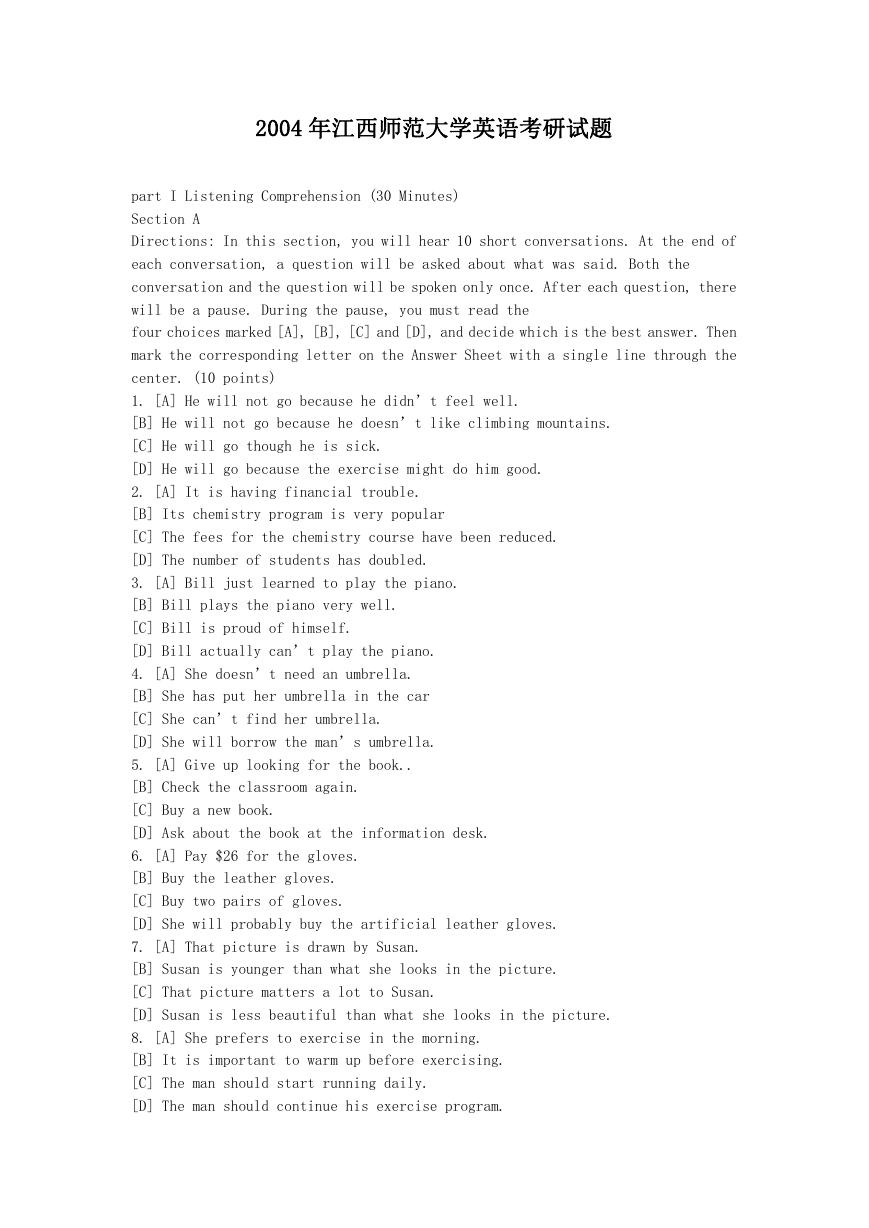
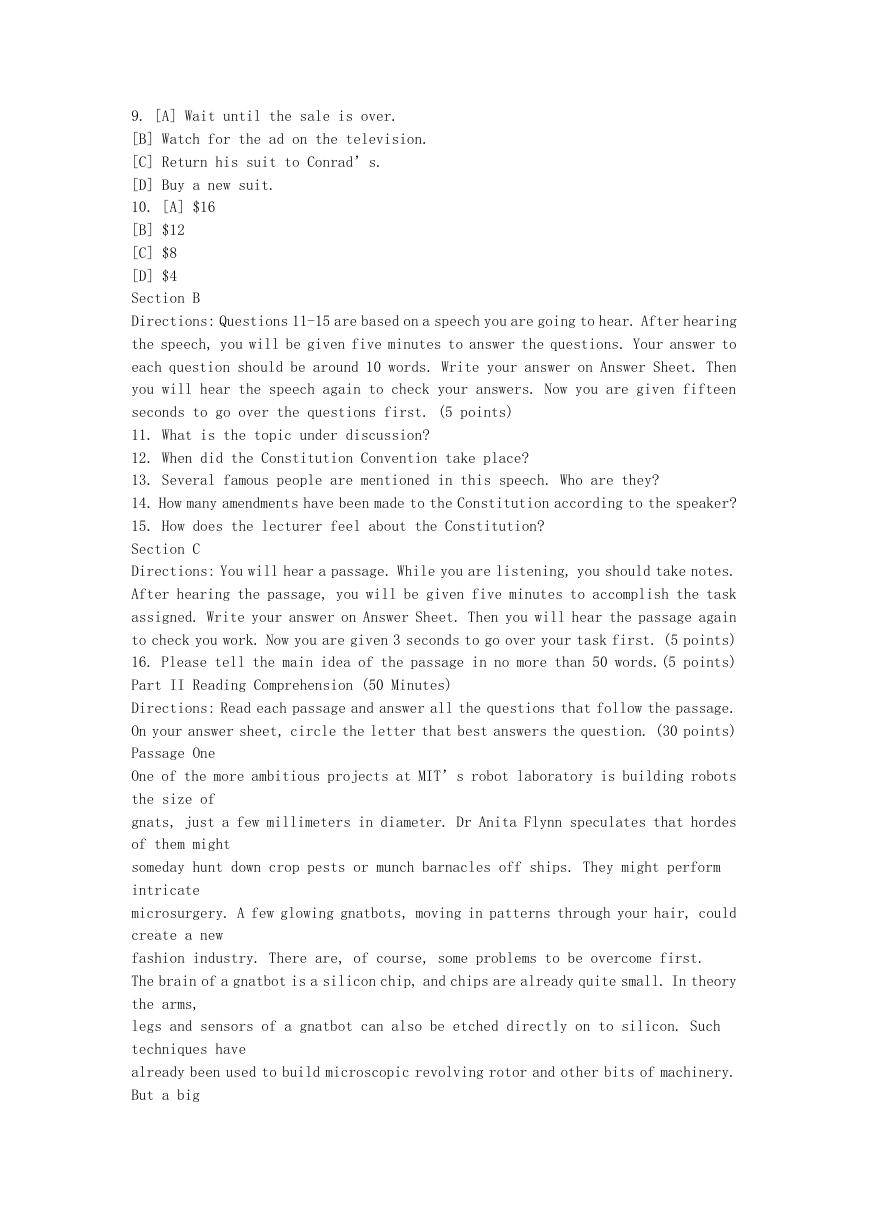
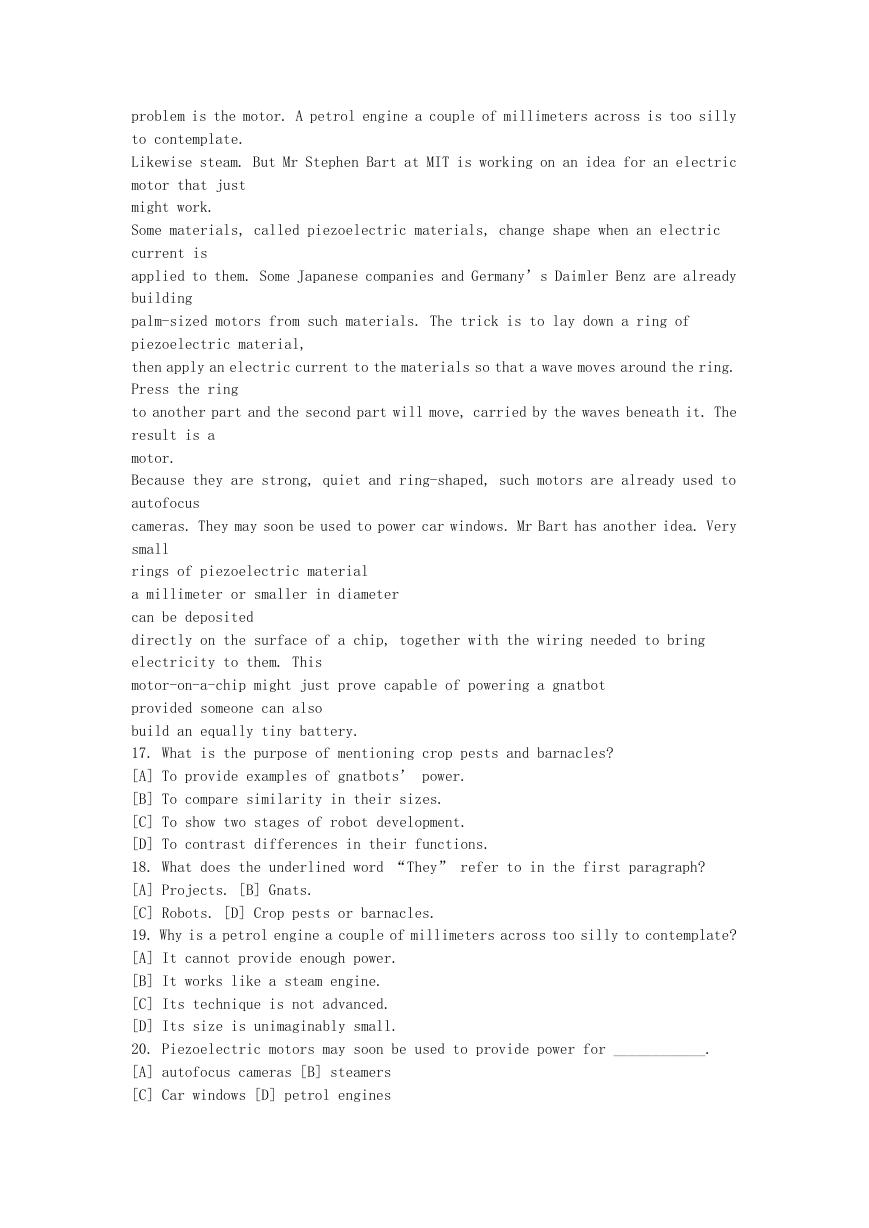


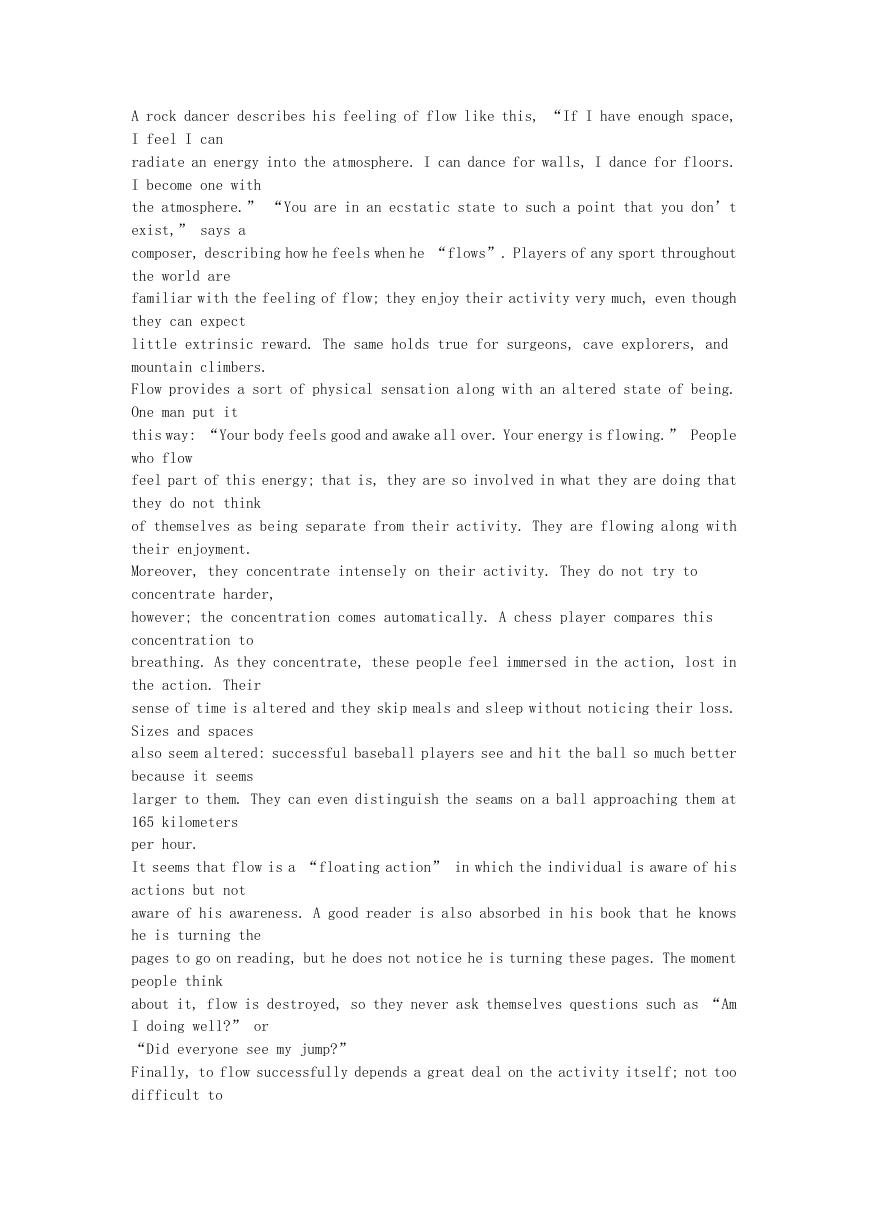

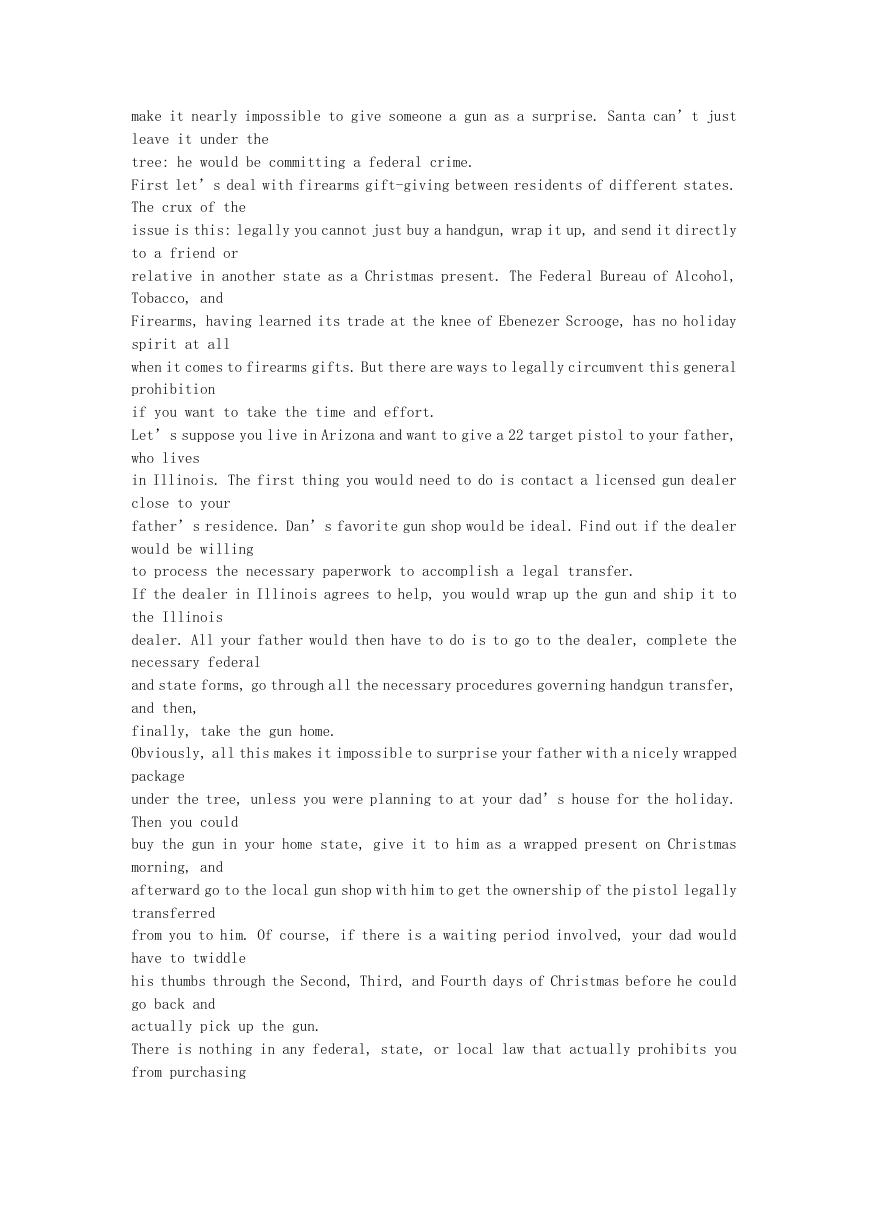








 2023年江西萍乡中考道德与法治真题及答案.doc
2023年江西萍乡中考道德与法治真题及答案.doc 2012年重庆南川中考生物真题及答案.doc
2012年重庆南川中考生物真题及答案.doc 2013年江西师范大学地理学综合及文艺理论基础考研真题.doc
2013年江西师范大学地理学综合及文艺理论基础考研真题.doc 2020年四川甘孜小升初语文真题及答案I卷.doc
2020年四川甘孜小升初语文真题及答案I卷.doc 2020年注册岩土工程师专业基础考试真题及答案.doc
2020年注册岩土工程师专业基础考试真题及答案.doc 2023-2024学年福建省厦门市九年级上学期数学月考试题及答案.doc
2023-2024学年福建省厦门市九年级上学期数学月考试题及答案.doc 2021-2022学年辽宁省沈阳市大东区九年级上学期语文期末试题及答案.doc
2021-2022学年辽宁省沈阳市大东区九年级上学期语文期末试题及答案.doc 2022-2023学年北京东城区初三第一学期物理期末试卷及答案.doc
2022-2023学年北京东城区初三第一学期物理期末试卷及答案.doc 2018上半年江西教师资格初中地理学科知识与教学能力真题及答案.doc
2018上半年江西教师资格初中地理学科知识与教学能力真题及答案.doc 2012年河北国家公务员申论考试真题及答案-省级.doc
2012年河北国家公务员申论考试真题及答案-省级.doc 2020-2021学年江苏省扬州市江都区邵樊片九年级上学期数学第一次质量检测试题及答案.doc
2020-2021学年江苏省扬州市江都区邵樊片九年级上学期数学第一次质量检测试题及答案.doc 2022下半年黑龙江教师资格证中学综合素质真题及答案.doc
2022下半年黑龙江教师资格证中学综合素质真题及答案.doc